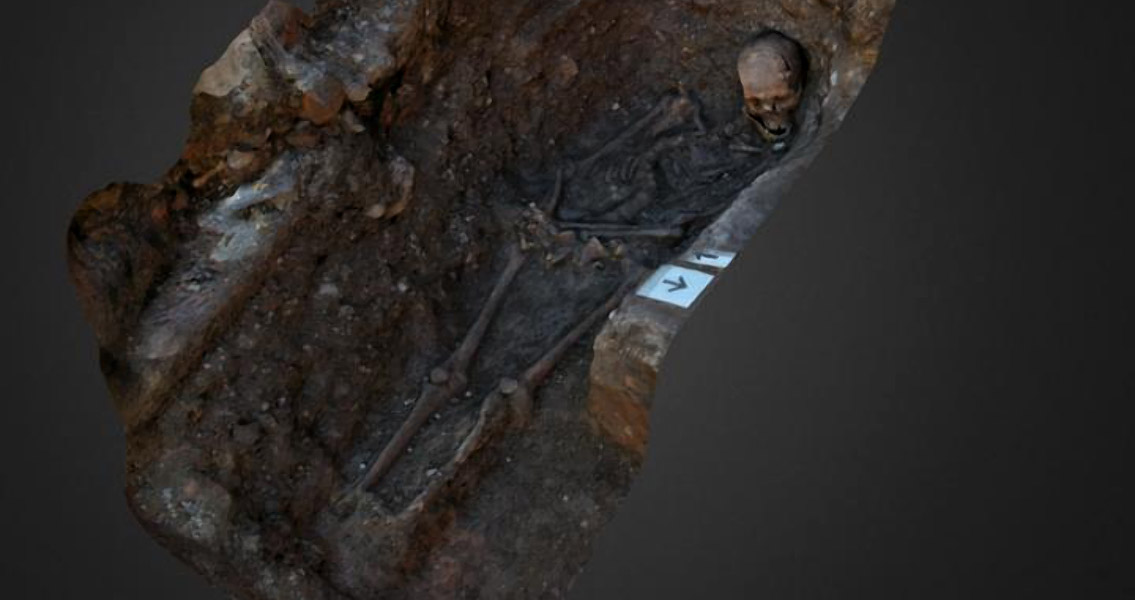<![CDATA[A full year after the remains of King Richard III were re-interred after their discovery in a car park in Leicester, archaeologists have revealed a three-dimensional image of the grave. In September of 2012, the remains of the last English king to be killed in battle were discovered on the site of the Greyfriars Friary Church. The skeleton, which was subjected to rigorous study, was declared to have belonged to the monarch who famously fell in the Battle of Bosworth Field in 1485. As the last Plantagenet to rule during the War of the Roses, Richard III and his final resting place were thought lost forever after the friary was dissolved and dismantled in 1538, only to be rediscovered more than four centuries later. Richard III was laid to rest in Leicester Cathedral in March of 2015, with many feeling the door had finally been closed on this particular archaeological discovery. However, a team of researchers from University of Leicester Archaeological Services (ULAS) declared on the eve of this first-year anniversary that they had completed a fully 3D rotatable computer simulation that revealed the king’s remains as they laid in his original grave. ULAS scientists made use of sophisticated computer programs and photographs taken during the 2012 excavation to build an accurate reconstruction of Richard III in situ. Accessible through Sketchfab, a 3D sharing platform, the interactive model can be rotated and examined in order to provide an immersive pathway to study the king’s grave – and reveals the perfunctory, less-than-reverent nature in which his remains were interred. In fact, researchers discovered that the grave itself was dug poorly and seemingly in haste, as its sides sloped and its base was uneven. The grave was also too short to accommodate the king’s body properly, resulting in it being laid out slumped to one side with the head propped up – providing evidence that matches contemporary accounts that the monarch was buried unceremoniously. In a university press release, ULAS site supervisor Matthew Morris said that two-dimensional images of the burial, while having a drama all of their own, aren’t as arresting as a three-dimensional model is, especially when it comes to grasping the spatial relationships that are revealed. The first man to lay eyes on the remains of the king since his internment centuries ago added that the new 3D model of the grave affords researchers the ability to continue examining it long after the end of the excavation. Additionally, it allows scientists to examine the grave from angles that would have been impossible during the initial exhumation. The process used to create the digital reconstruction of the grave, known as photogrammetry, has seen widespread use not just in archaeology but in other industries as well, including the entertainment industry. The technique is both cost-effective and swift in building a three-dimensional model out of several two-dimensional images. The grave, along with other 3D imaged archaeological sites explored and documented by ULAS, can be explored on the Sketchfab website Image courtesy of University of Leicester ]]>
My Kingdom for a 3D Interactive Grave Site!
